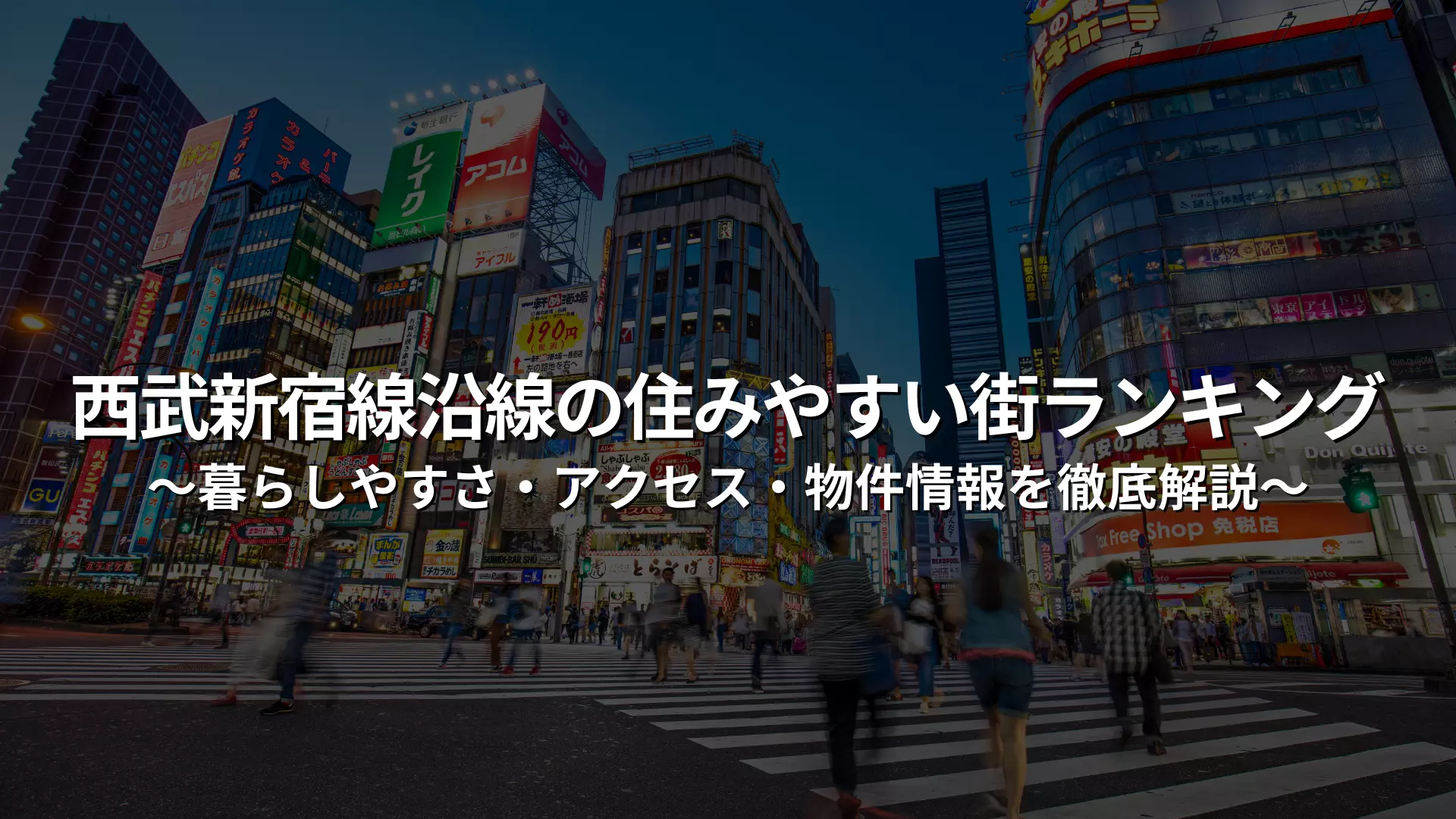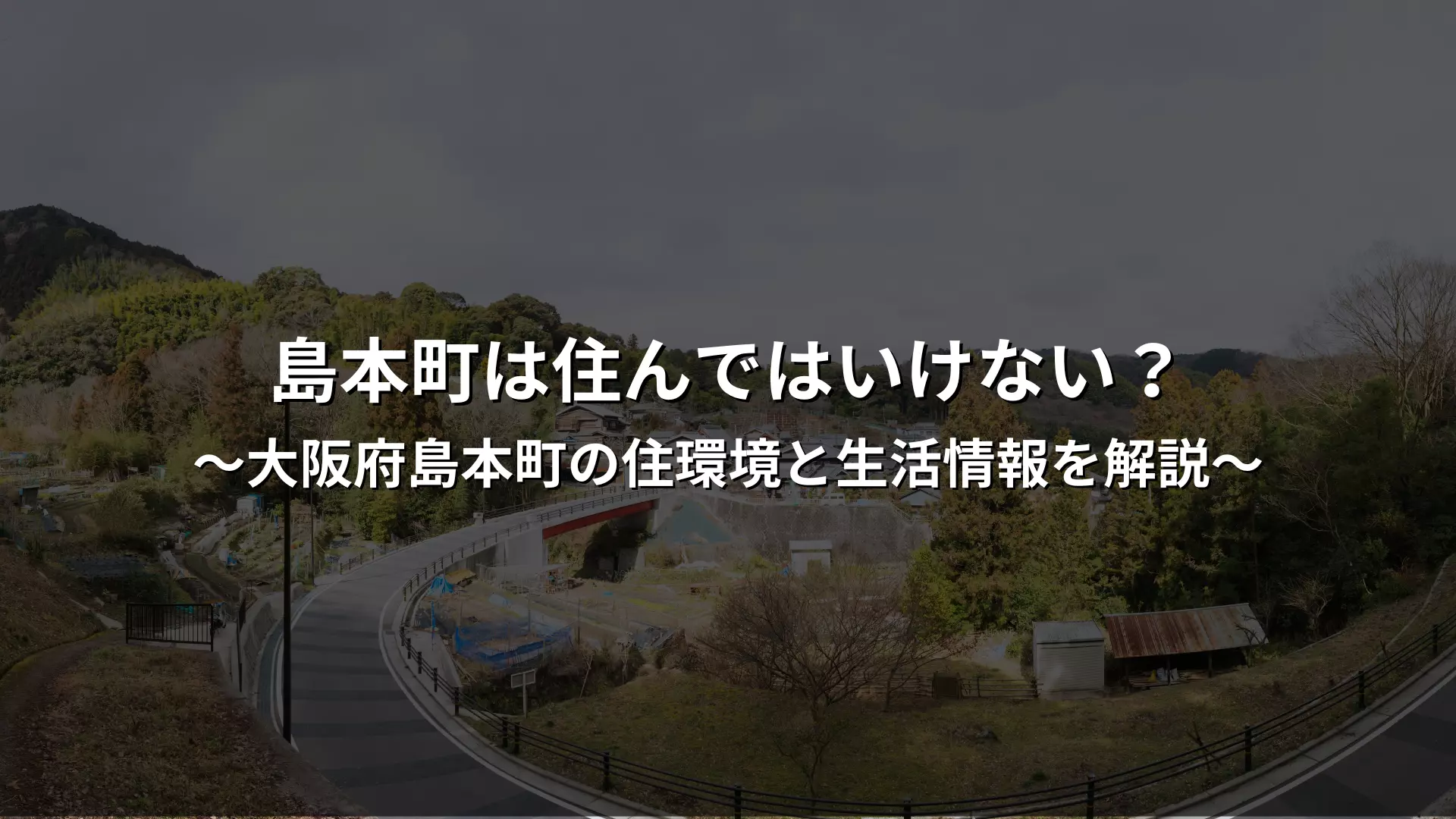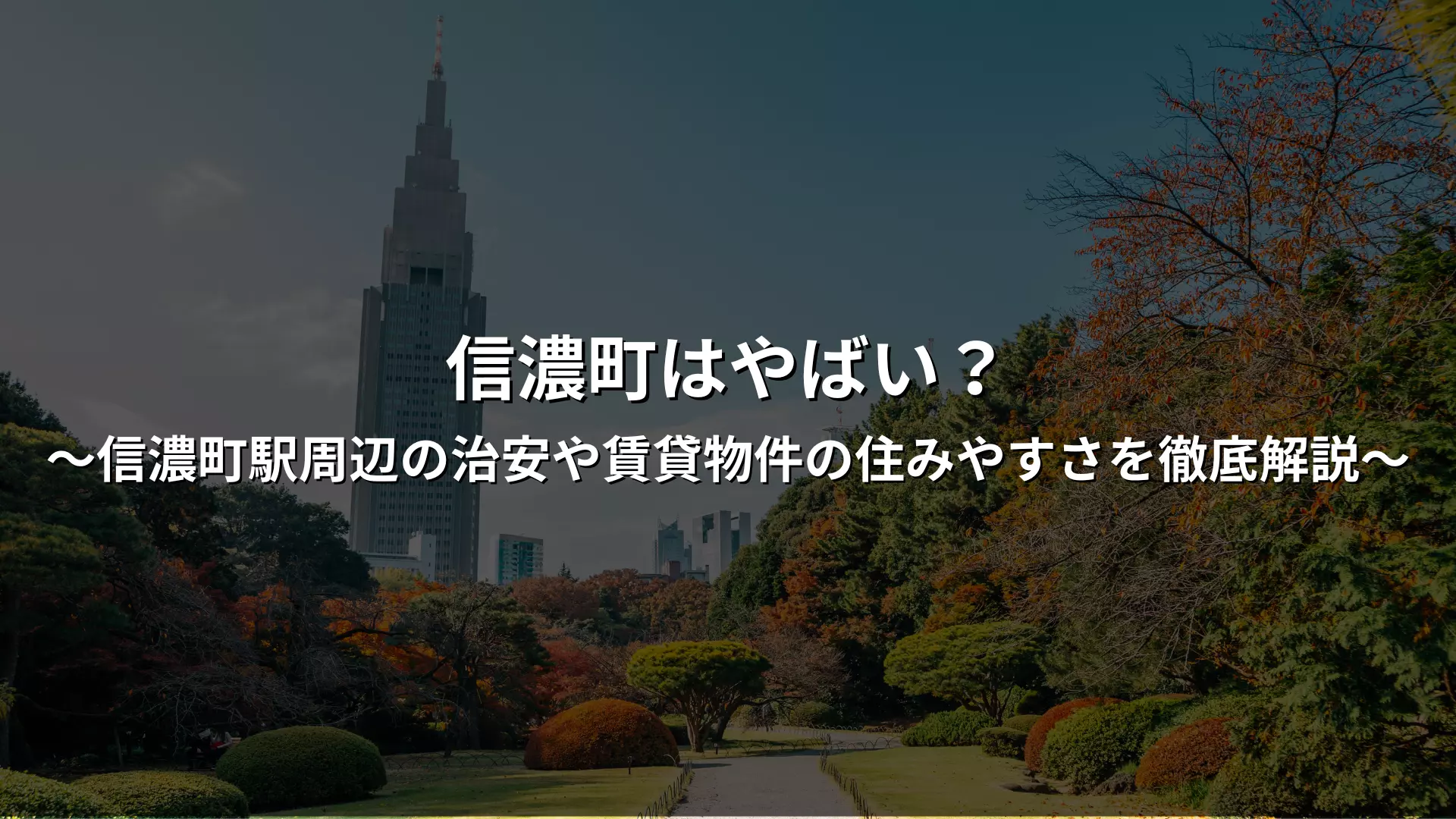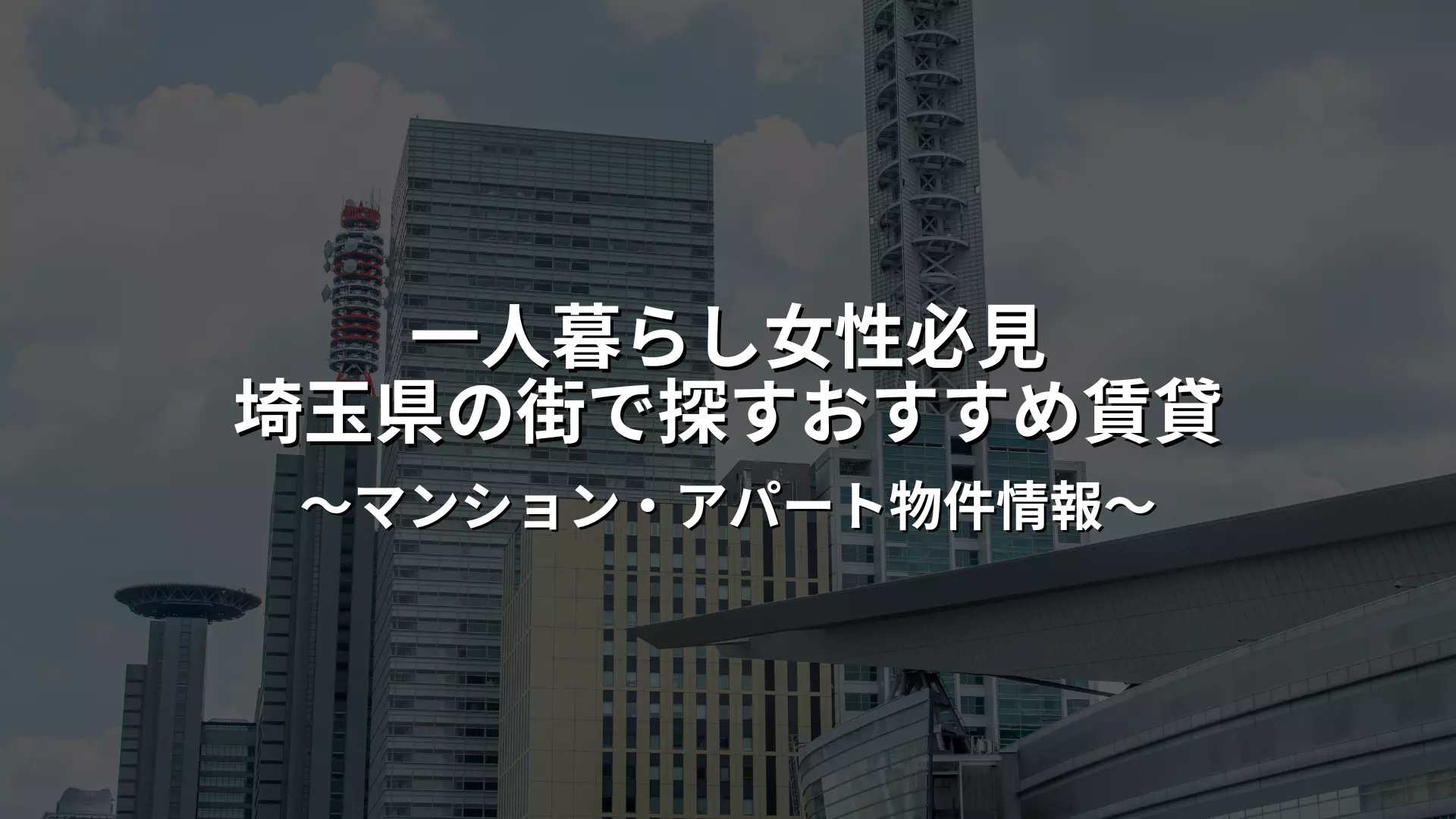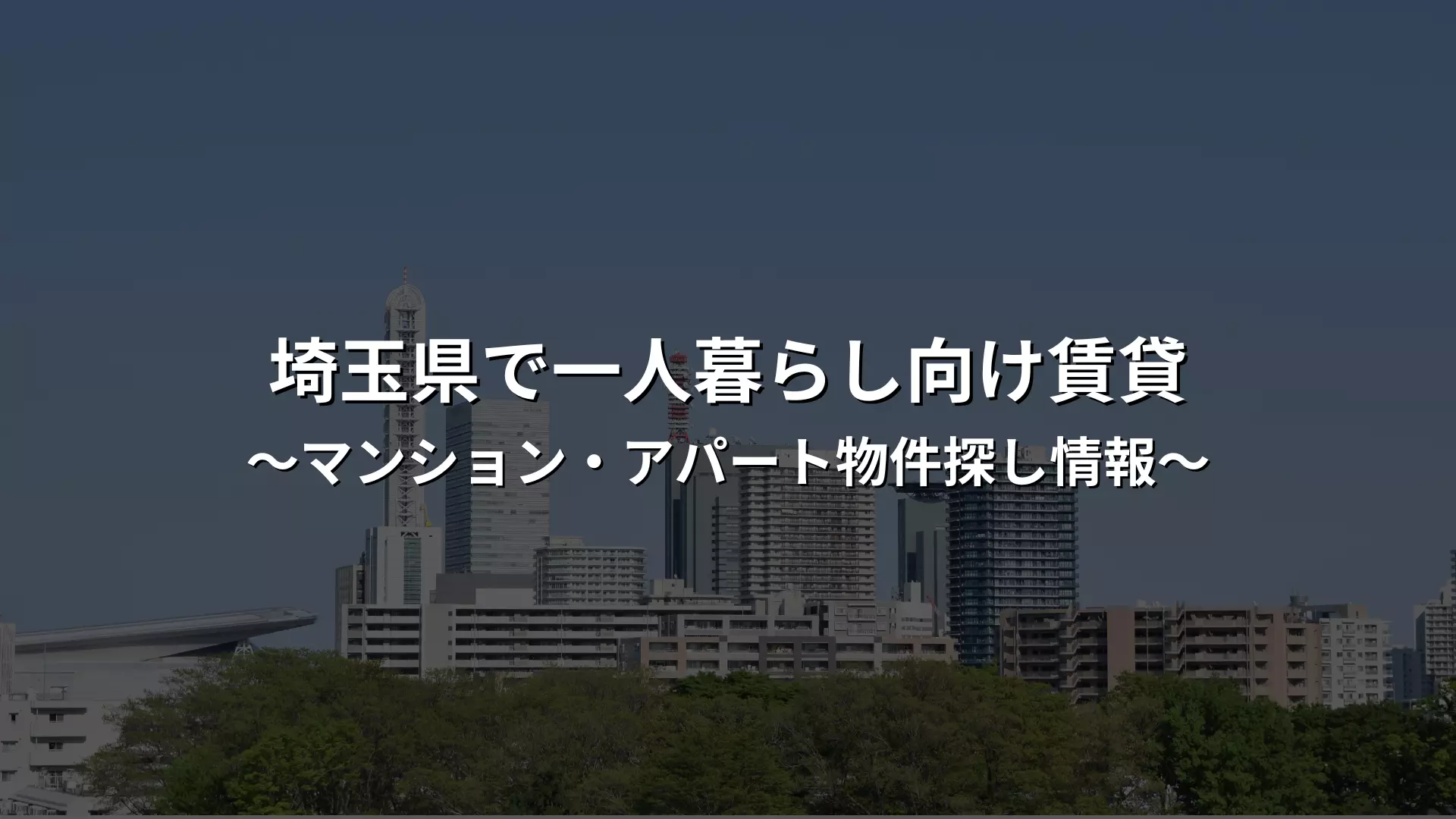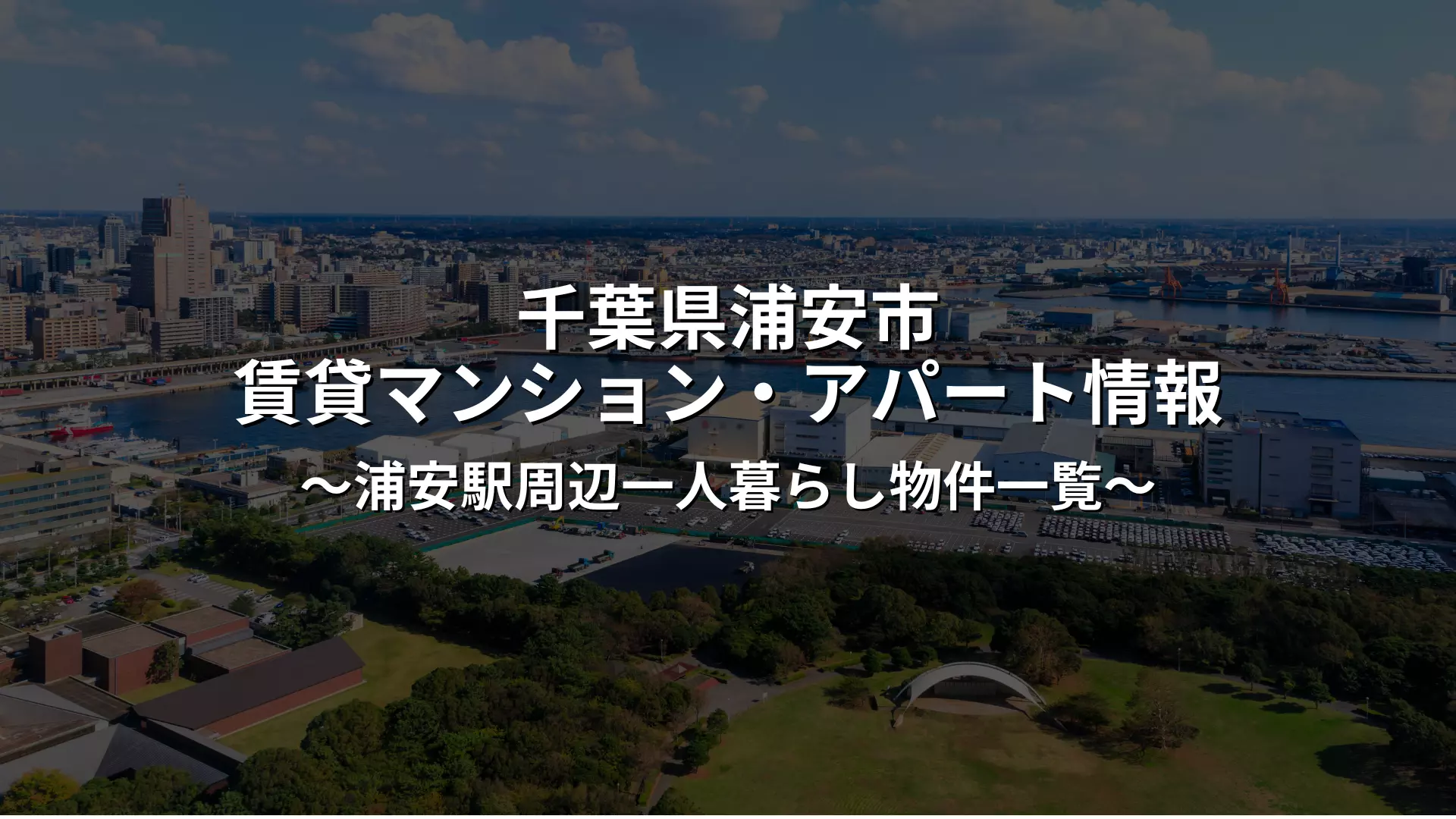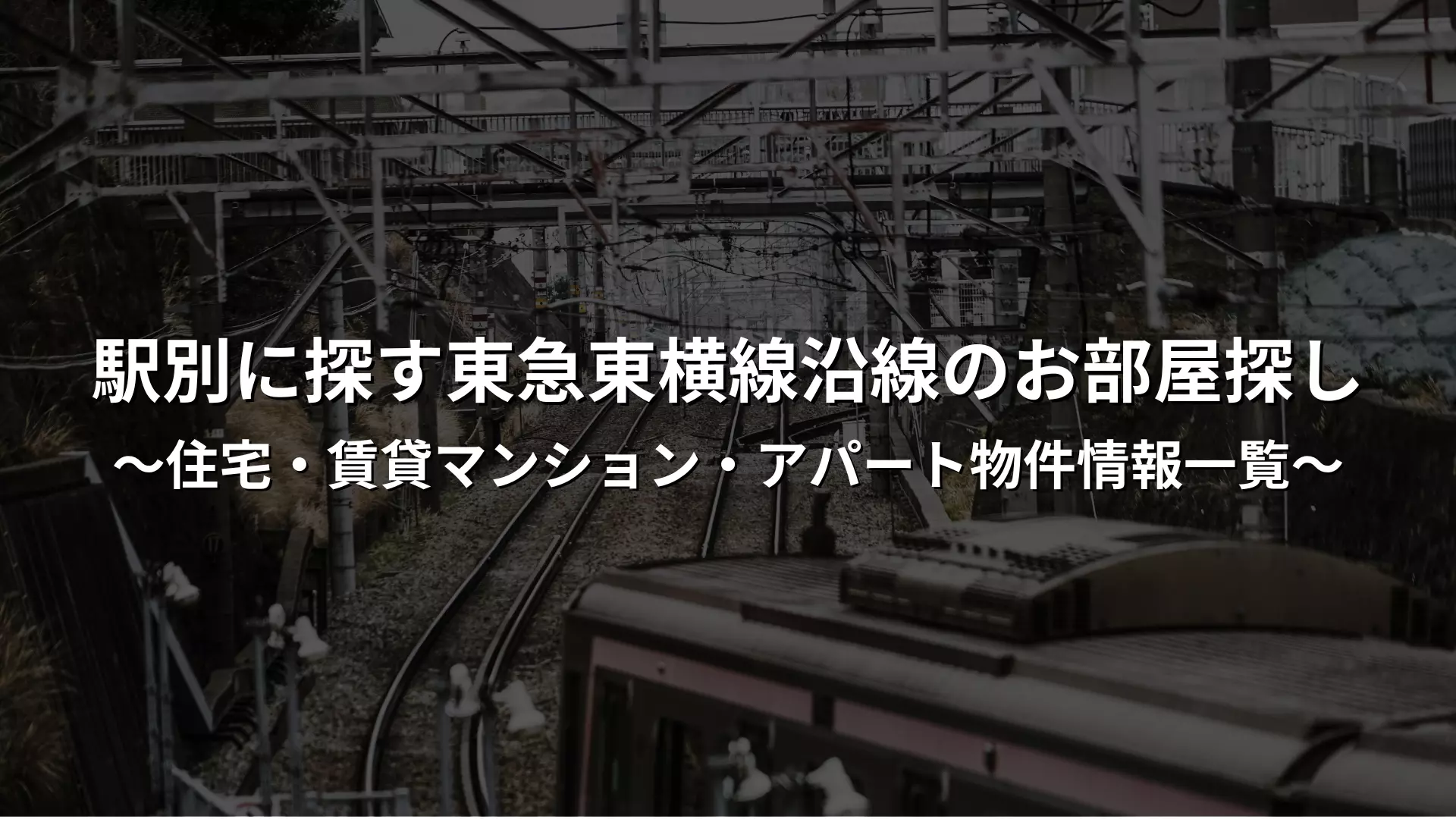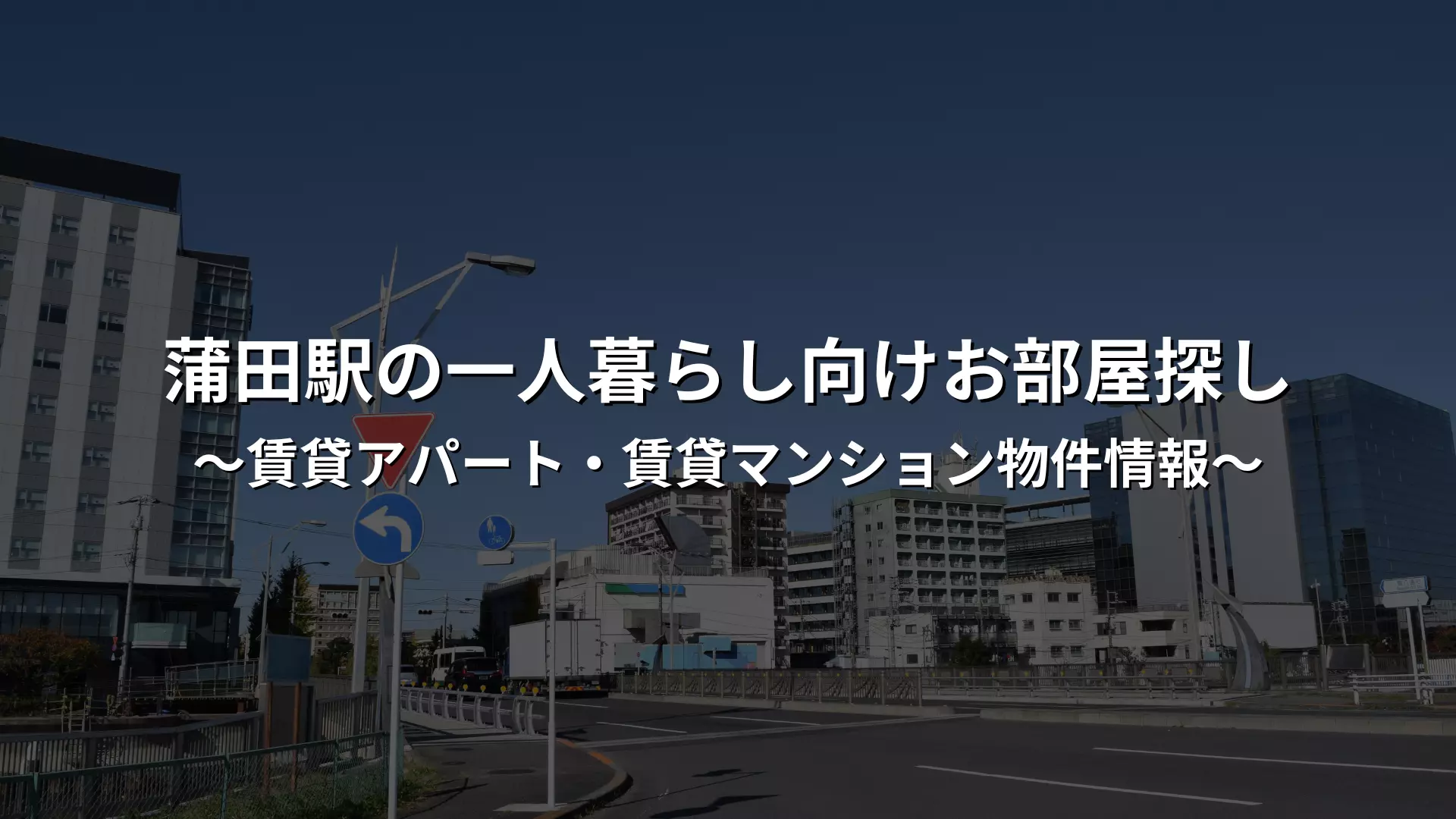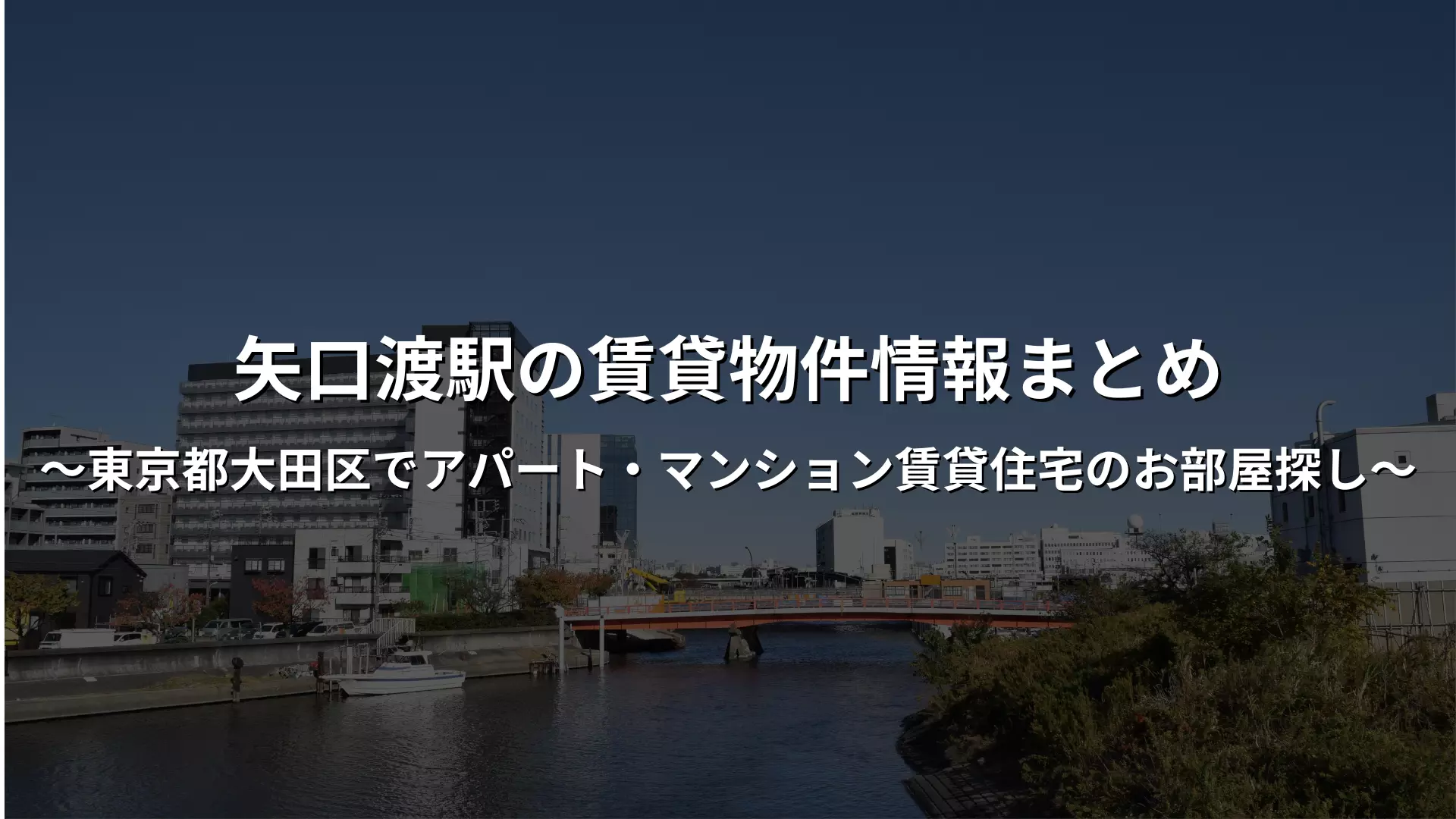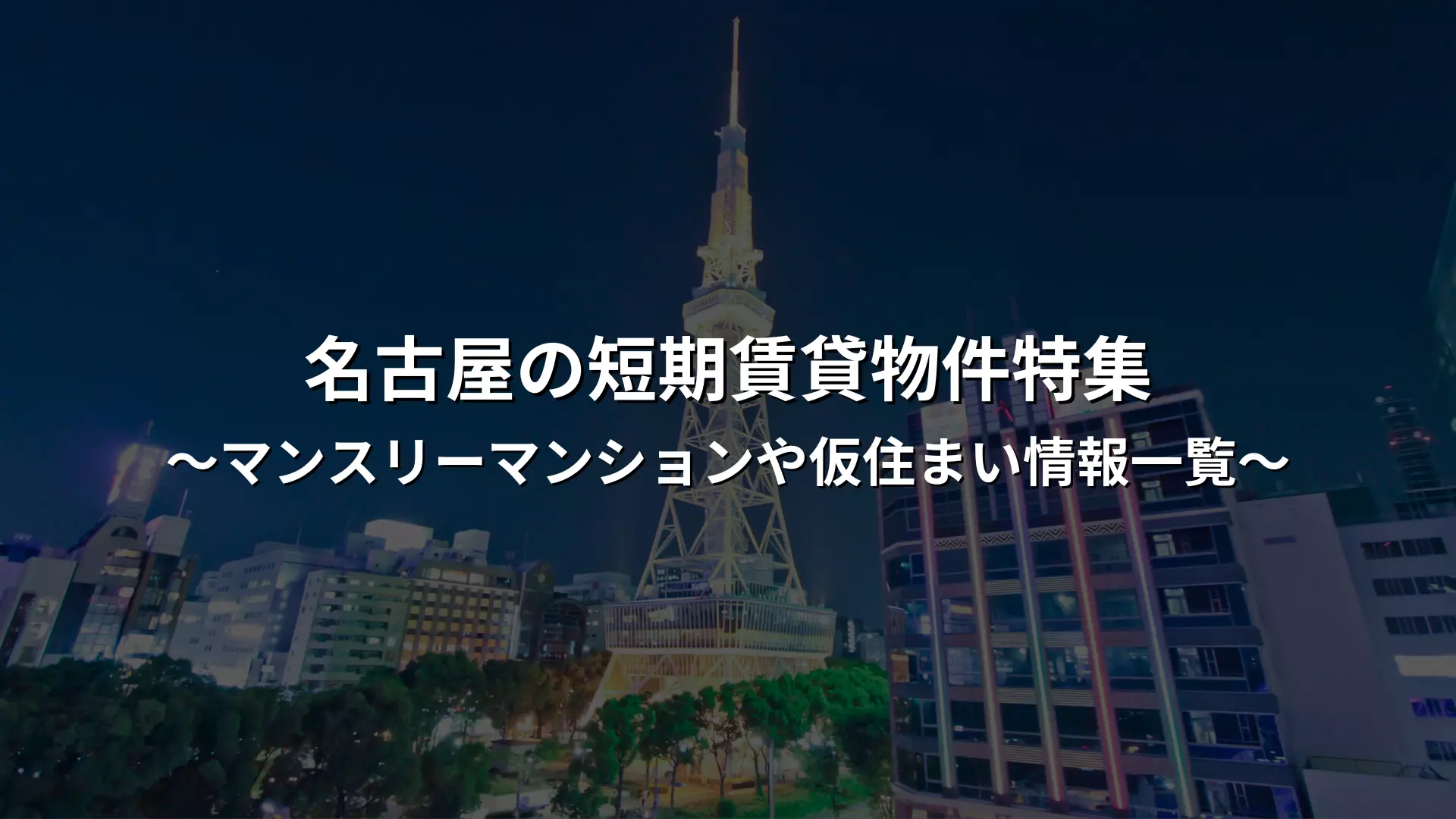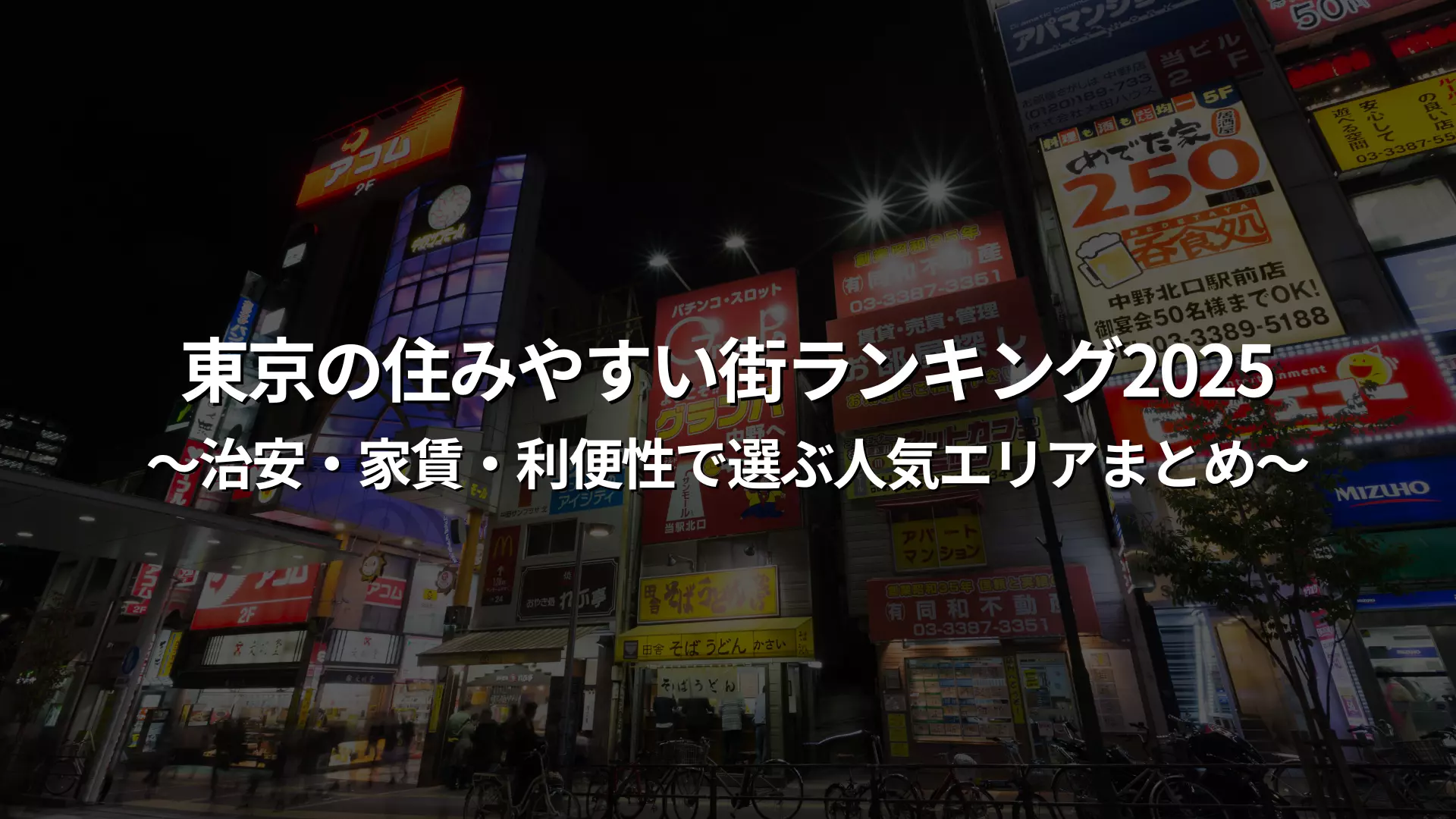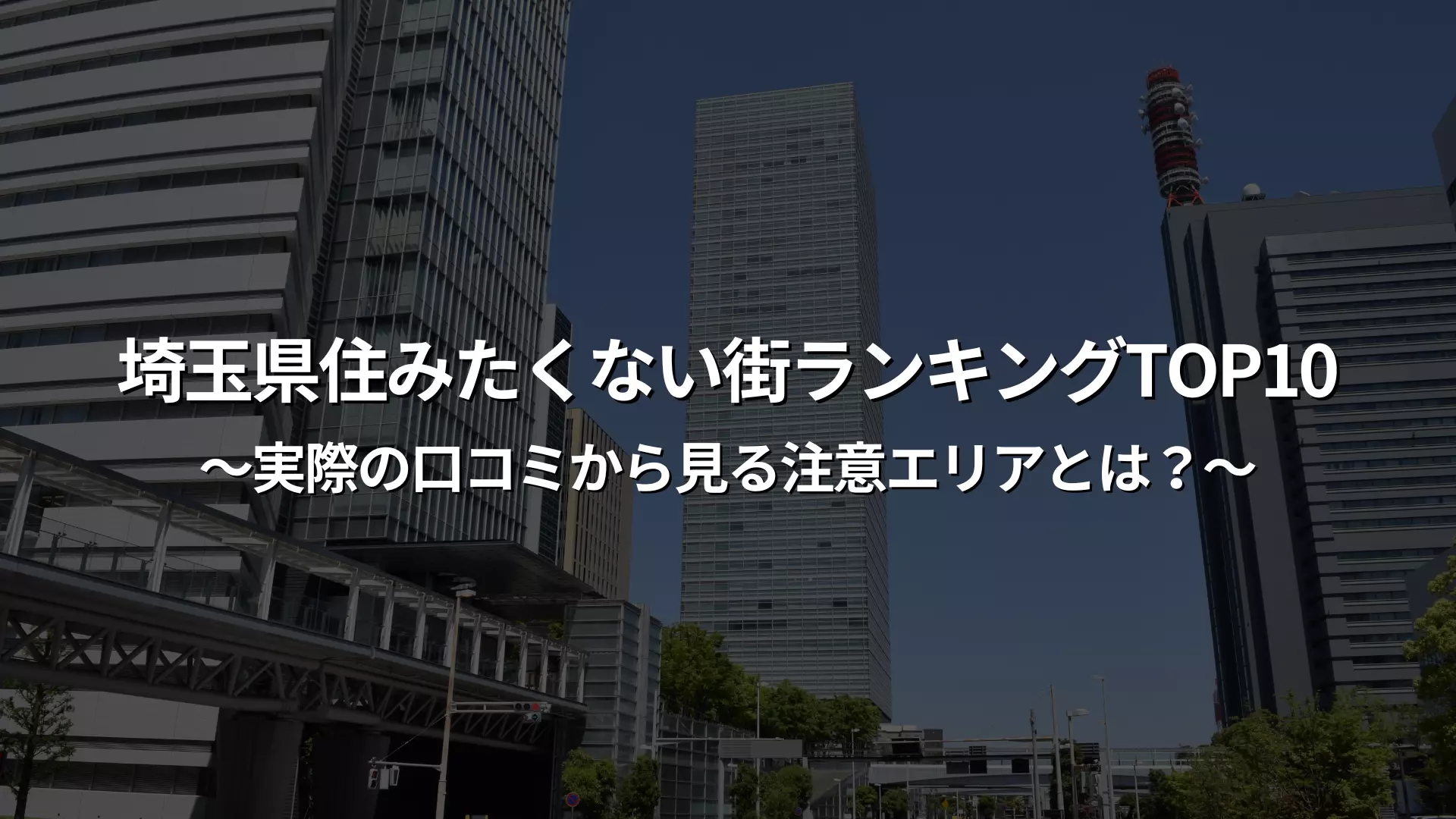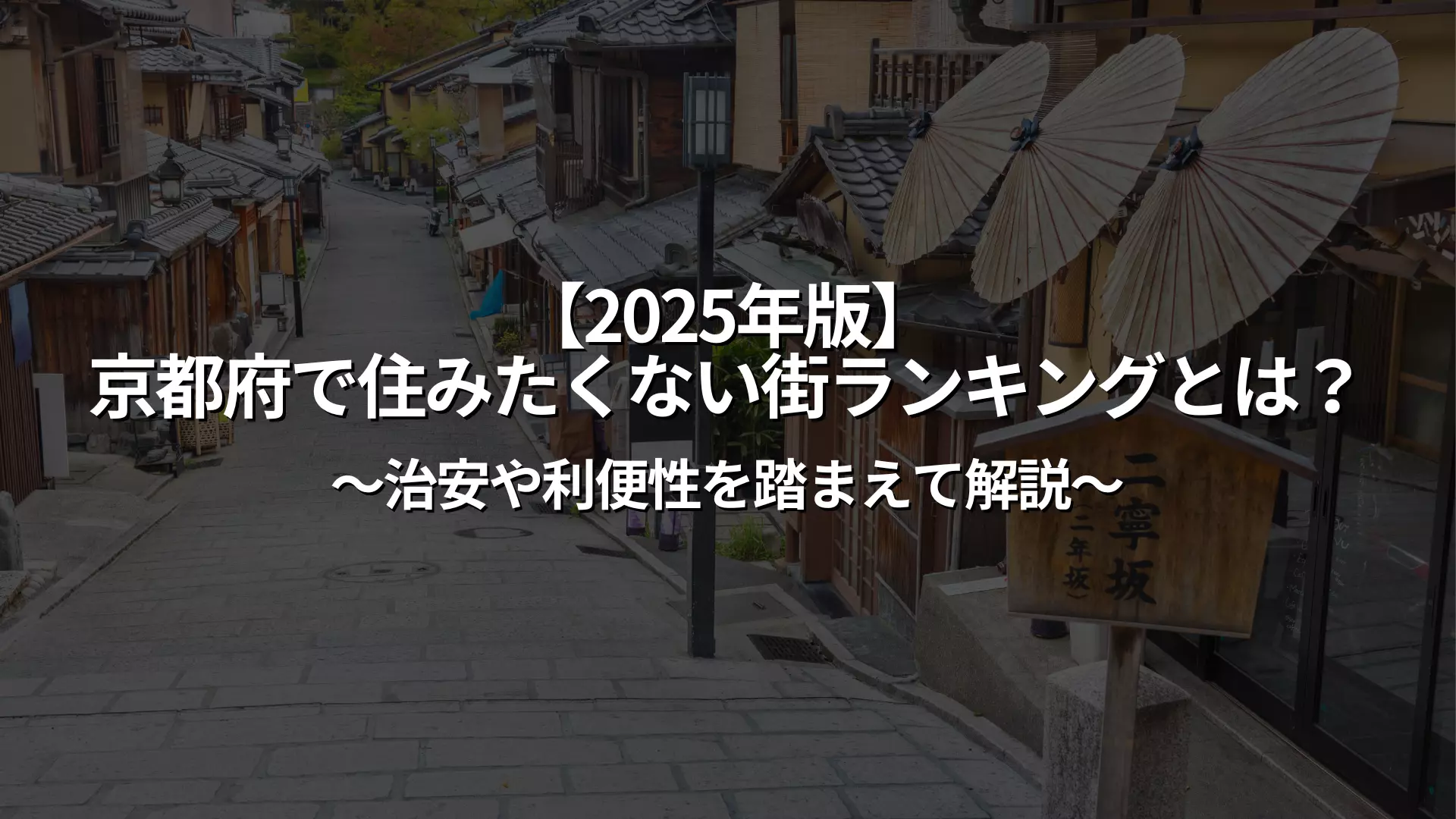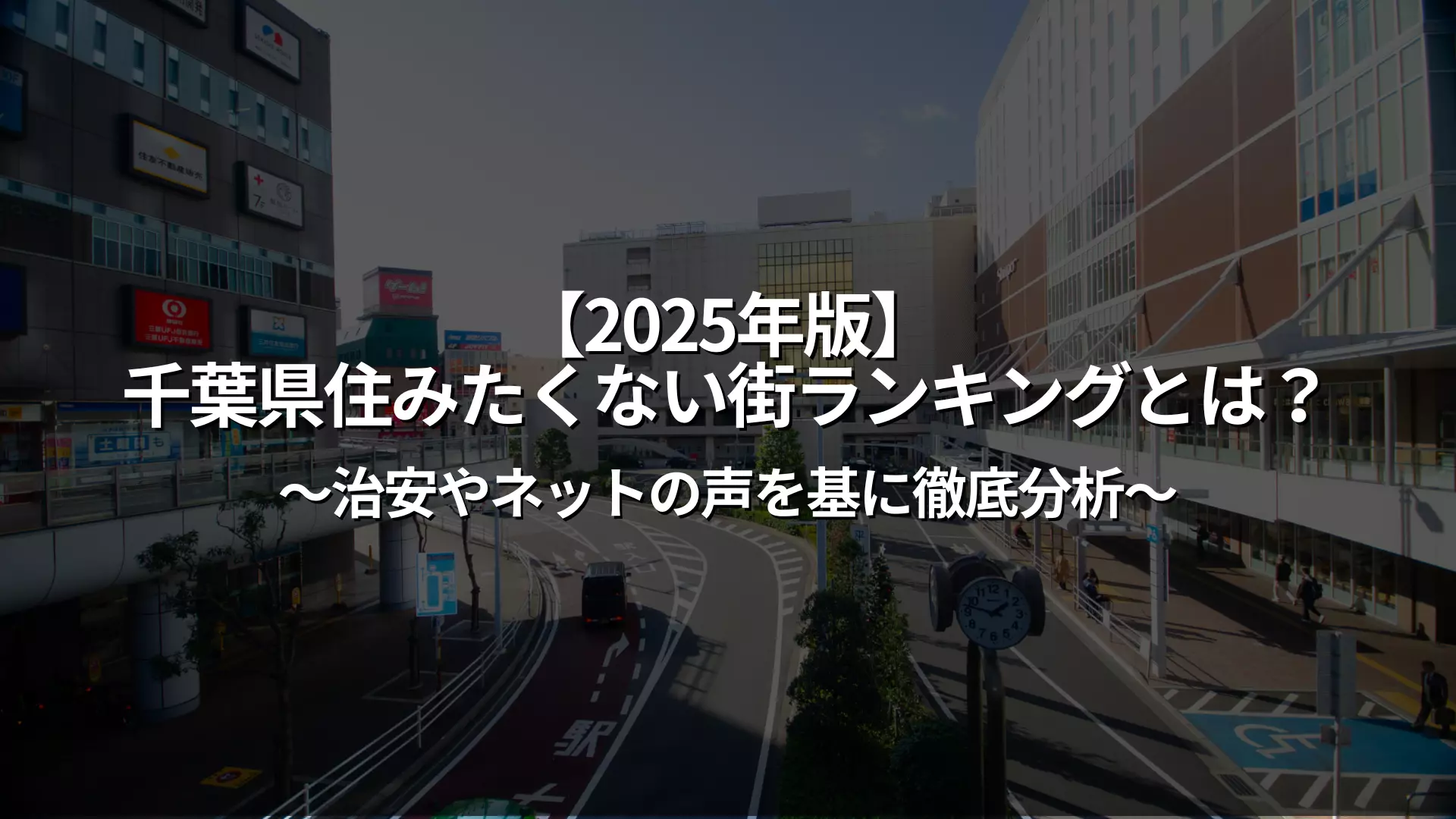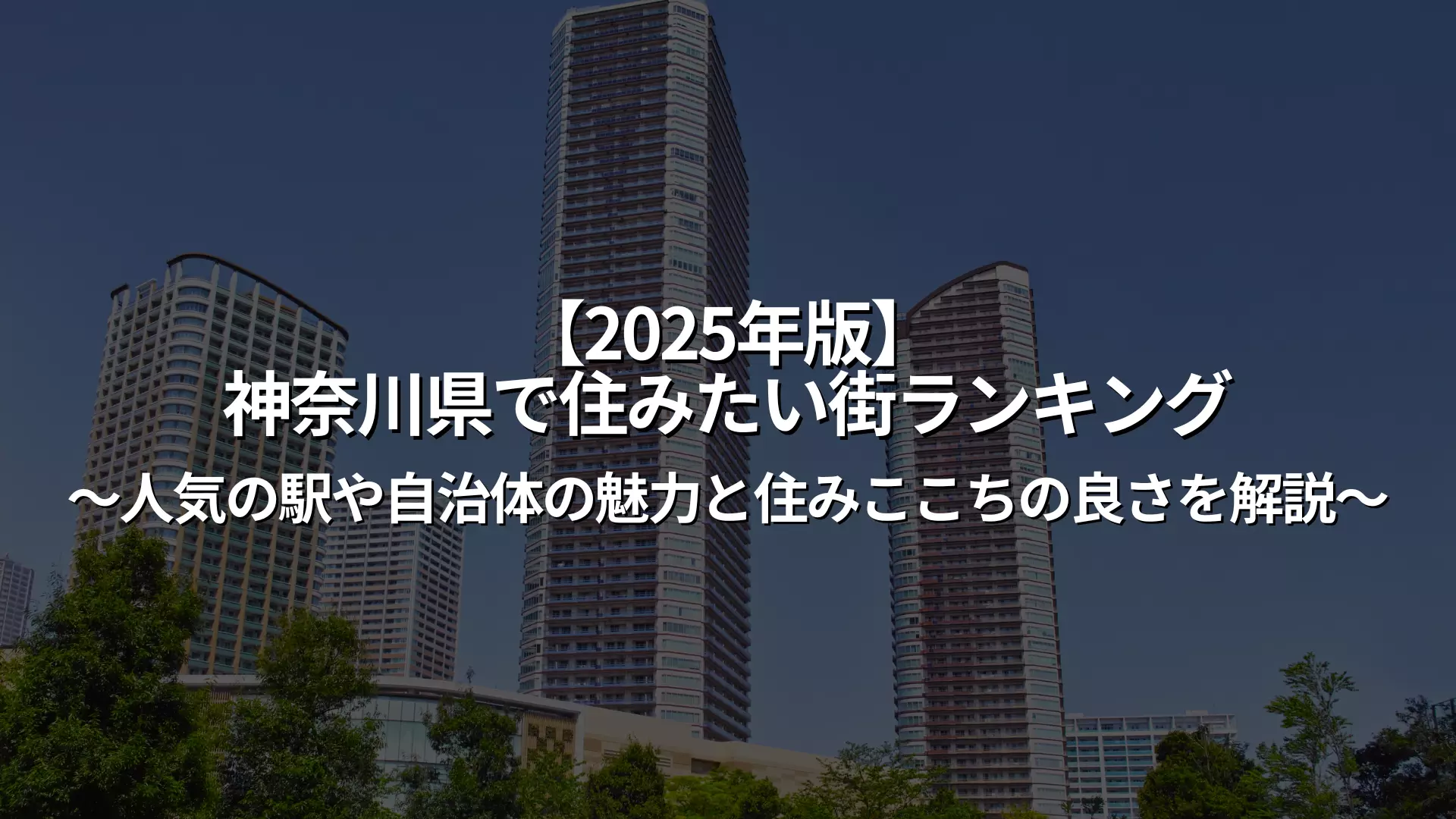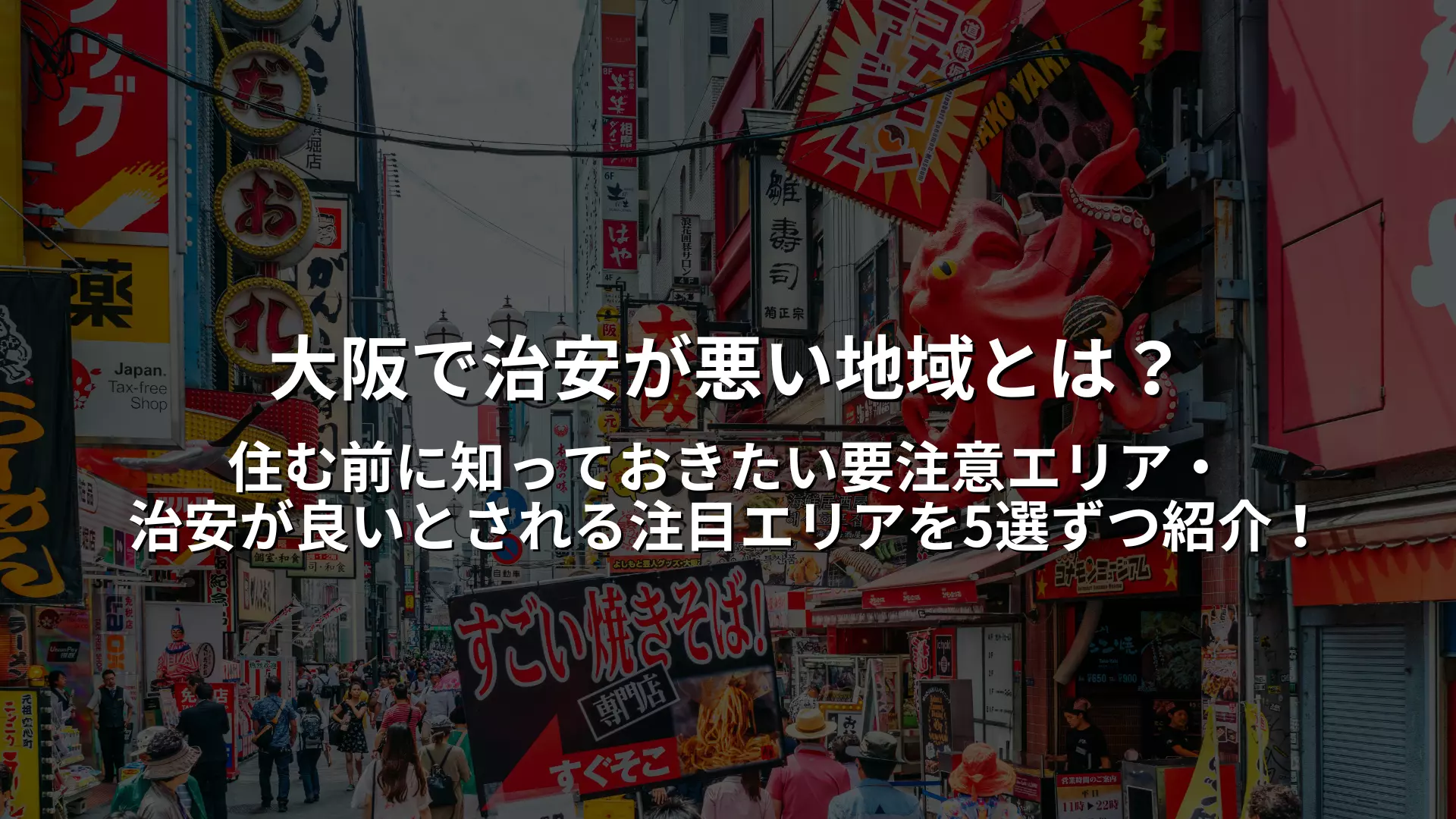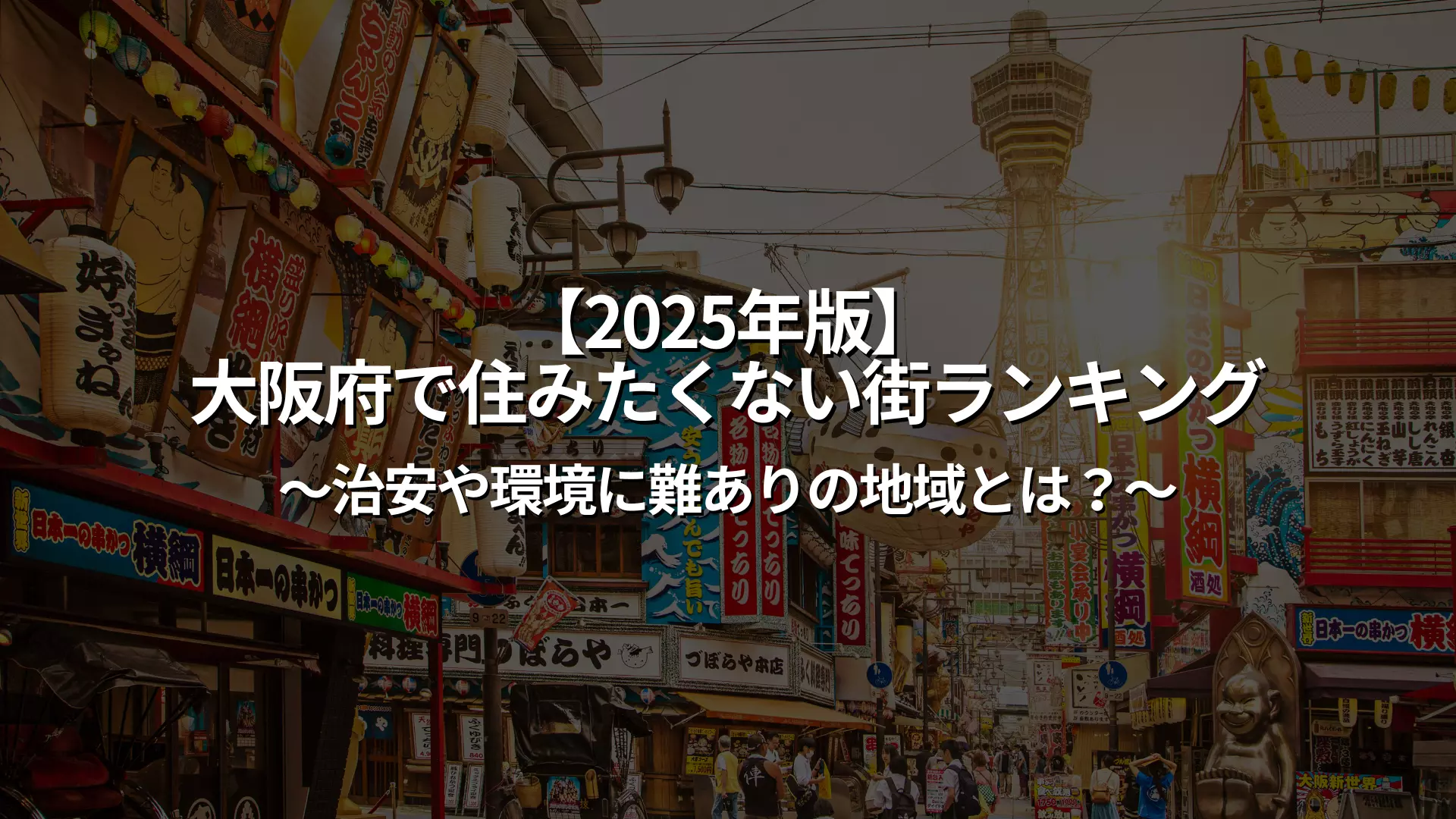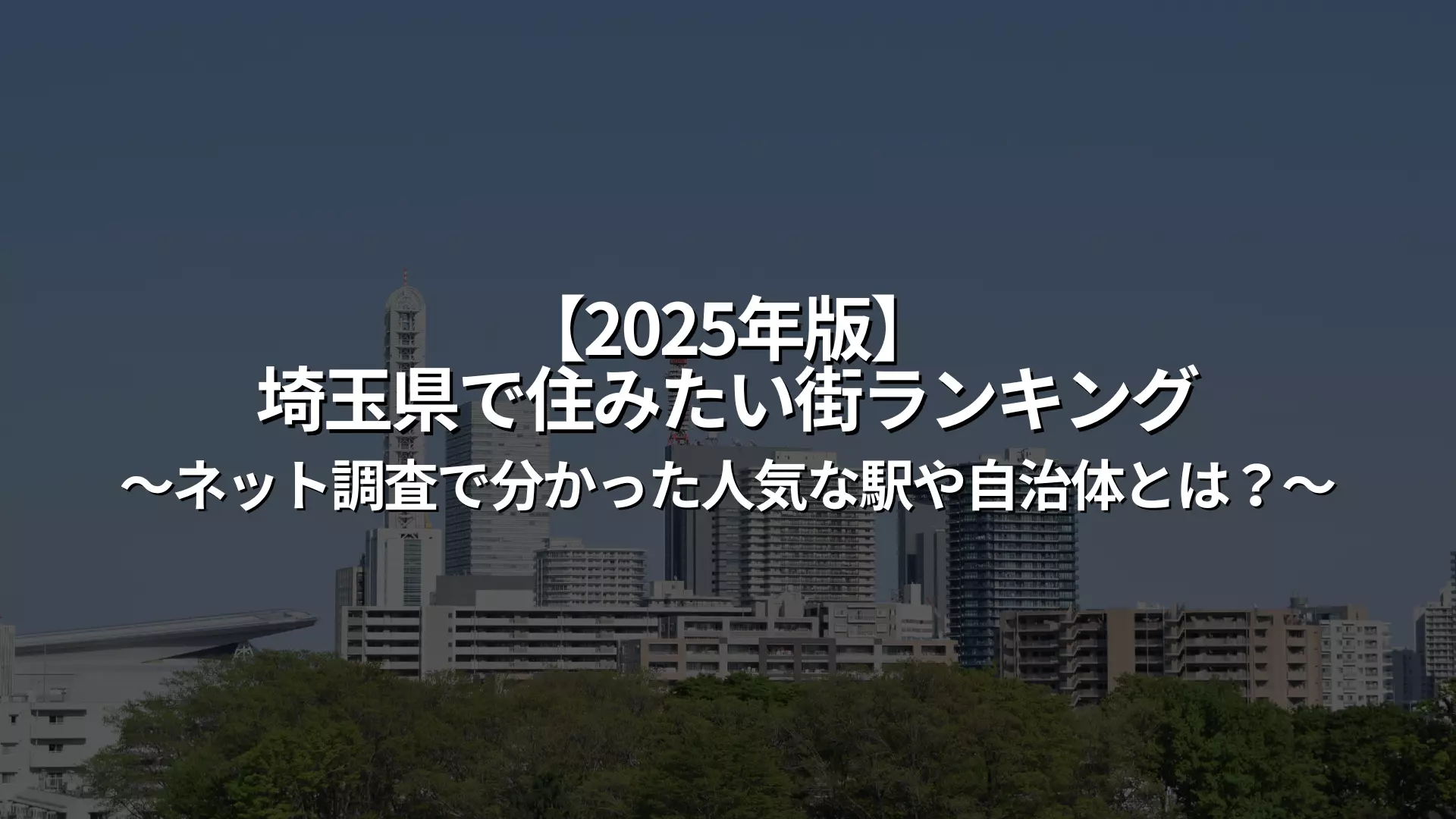Basic information about the Seibu Shinjuku Line
When considering "Seibu Shinjuku Line stations that are easy to live in," it is important to first understand the characteristics of the entire line. The Seibu Shinjuku Line is a convenient line for commuting to work or school, connecting Seibu Shinjuku Station in central Tokyo to Hon-Kawagoe Station in Saitama Prefecture, and is popular with many users.
Seibu Shinjuku Line route information
We will provide you with route information for the Seibu-Shinjuku Line.
Congestion situation (rush hour)
The Seibu Shinjuku Line is generally crowded at 160% during morning and evening rush hour, which is moderately crowded compared to major lines in the Tokyo metropolitan area. Although it is difficult to find a seat, there is not much pressure and there seems to be plenty of space around the straps and doors.
In particular, you may be able to alleviate congestion a little by avoiding rapid and express trains and choosing local trains instead.
First train time
- First departure: 4:54 from Hon-Kawagoe Station on the Saitama side
- First train: 5:01 from Seibu Shinjuku Station in the city center
The service starts quite early in the morning, which is extremely convenient for people who need to travel early in the morning, such as for jobs that start early or for business trips far away, and increases the flexibility of commuting to work or school.
Last train time
- Last train: Departs Hon-Kawagoe Station at 23:34
- Last train: 0:47am from Seibu Shinjuku Station
This is a later schedule than other lines. Even if you have a drinking party in the city or work overtime, you can travel without worrying about the last train. In particular, the last train from Seibu Shinjuku Station runs until late at night, making it ideal for people with a night-time lifestyle.
Number of trains during rush hour
There are also a large number of trains during peak hours, with trains running very frequently, at approximately once every three minutes at Hon-Kawagoe Station and once every one to three minutes at Seibu Shinjuku Station.
In particular, from Seibu Shinjuku Station, a variety of train types, including express, semi-express, and local trains, depart and arrive in rapid succession, so there is little stress while waiting and you can board without worrying about timing.
*All information is based on weekday timetables. It may change depending on the season or timetable changes.
As such, the Seibu Shinjuku Line is highly convenient, and when choosing a station that is easy to live in, ease of commuting and the times of the first and last trains are also important factors to consider.
Characteristics of the Seibu Shinjuku Line
The Seibu Shinjuku Line is a 47km long railway line that connects Seibu Shinjuku Station in Tokyo to Hon-Kawagoe Station in Saitama Prefecture, and is characterized by its convenient access for commuting to work or school. There are many quiet residential areas along the line, and many "livable stations" that have a good balance between nature and urban functions are scattered throughout the line.
The average rent is relatively reasonable, making this line popular with single people and families. With a good balance of access, ease of living, and cost, the Seibu Shinjuku Line is an ideal candidate for those looking for a home in Tokyo.
Here we will explain the features in more detail.
The Seibu Shinjuku Line is convenient for accessing the city center
The Seibu Shinjuku Line is a major line stretching 47km in length from Seibu Shinjuku Station in Tokyo to Hon-Kawagoe Station in Saitama Prefecture. It has good access to the city center, and a major attraction is the ability to transfer to the Yamanote Line at Takadanobaba Station.
There are also many express and semi-express trains, which contribute to shortening commuting time. In addition, Seibu Shinjuku Station is within walking distance of Shinjuku Station, making transfers in the city center smooth. You can also transfer to the Seibu Ikebukuro Line and Seibu Kokubunji Line along the way, making it easy to access various areas in the city center. In addition, there are commuter express trains, so many people commuting to work or school from Saitama use the Seibu Shinjuku Line.
The appeal of living along the train line is that you can enjoy the perfect distance between the city center and the suburbs.
There are many livable areas along the Seibu Shinjuku Line
Along the Seibu Shinjuku Line, there are many stations that are popular residential areas and easy to live in, such as Kamishakujii, Tanashi, and Hanakoganei. Many of these towns offer a good balance between quiet environments and convenience, and are popular with a wide range of people, from families to people living alone.
The area is surrounded by supermarkets, drugstores, parks, elementary and junior high schools, and other facilities necessary for daily life, so you will have no trouble with your daily life. The average rent is also reasonable compared to the city center, making it a cost-effective living environment.
The Seibu Shinjuku Line has many trains.
The Seibu Shinjuku Line is extremely convenient, with trains departing and arriving every few minutes, especially during rush hour. Trains depart every 1-3 minutes from Seibu Shinjuku Station, so you can travel stress-free even if your plans change suddenly or you miss a train.
There are a variety of train types, including express, semi-express, and local trains, so you can flexibly choose the one that best suits your commute. The high frequency of trains is one of the great benefits of living along the line, making your daily commute more comfortable.
Search for a room
Only furnished properties with appliances are listed!
Top 5 places to live on the Seibu Shinjuku Line
Along the Seibu Shinjuku Line, there are many "desirable stations and towns to live in" that offer a good balance between good accessibility and a good living environment. We will introduce the areas chosen by many people in a ranking format based on factors such as convenience for commuting to the city center, public safety, convenience of life, and average rent. We will provide a realistic explanation focusing on "livability," focusing on stations that are popular with single people and families.
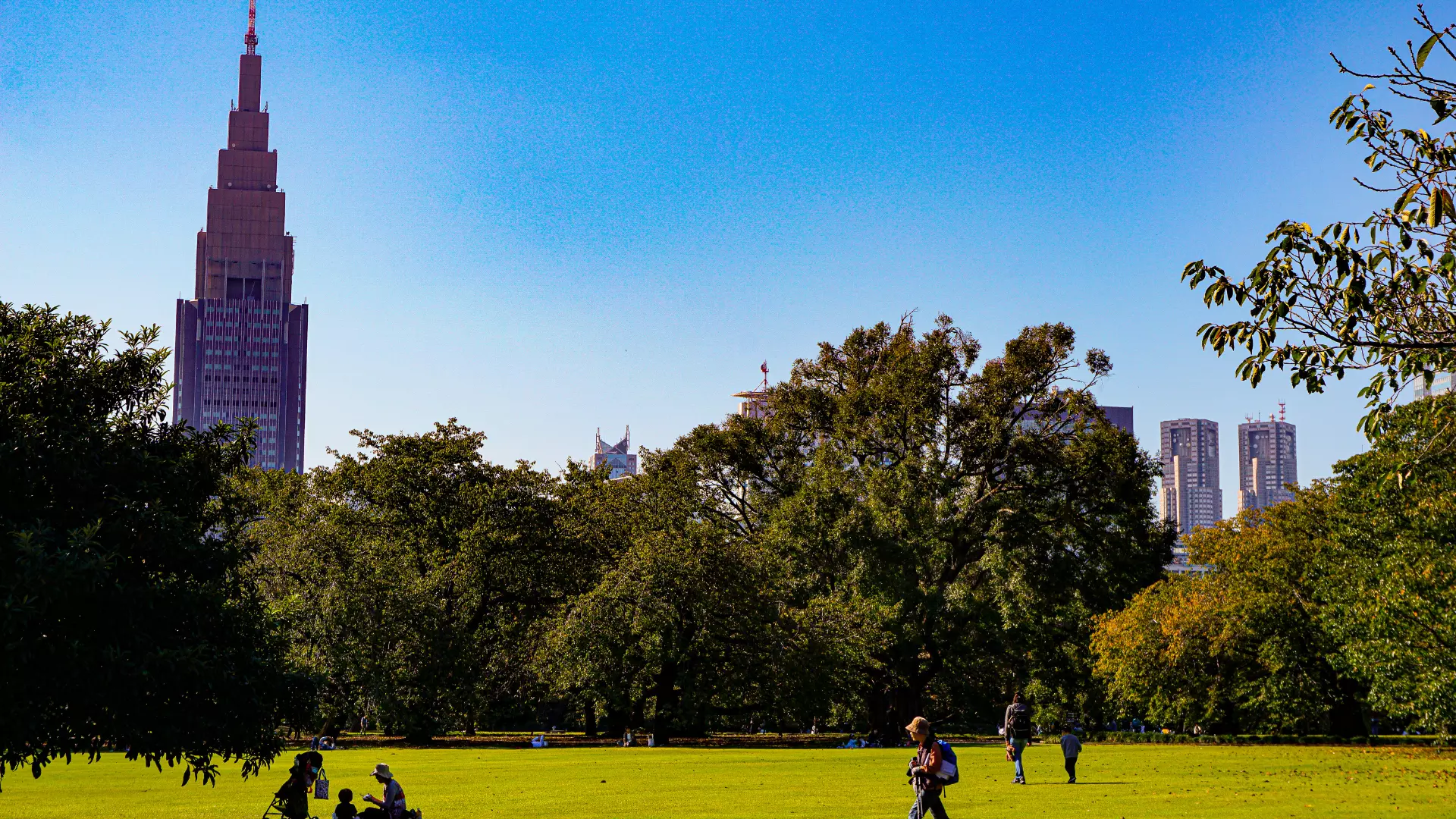
No.1 Nakai
Nakai Station, where the Seibu Shinjuku Line and the Toei Oedo Line intersect, is a hidden gem that not only has excellent access to the city center, but is also home to a quiet residential area.
It is popular with both single people and families, thanks to its convenience of being only 10 minutes away from Shinjuku Station, its old-fashioned shopping streets and natural surroundings. It is also highly rated for its ease of living, with good public safety and plenty of supermarkets and restaurants around the station.
2nd place: Kamishakujii
Rapid trains stop at Kamishakujii Station, and it is only about 20 minutes to Shinjuku. There are large supermarkets, restaurants, and parks scattered around the station, making it a convenient place to live.
In addition, the area is popular with families due to the spread of calm residential areas. The average rent is also lower than in the city center, and the good cost performance is also a point of evaluation. It is a comfortable city to live in where nature and urban functions coexist.
3rd place Tanashi
Tanashi Station, located in the center of Nishitokyo City, is undergoing redevelopment and the convenience of the area around the station is improving year by year.
Seibu Shinjuku Station is about 20 minutes away by express train, making it a convenient location for commuting to work or school. There are plenty of commercial facilities and restaurants in front of the station, so you won't have any trouble with everyday shopping. The area is safe and has good government services, making it a popular choice for families with children. There are also many spacious parks, making it the perfect town for those looking for a peaceful lifestyle.
No.4 Saginomiya
Saginomiya Station is located in Nakano Ward, and is an attractive residential area with a close proximity to Shinjuku Station, just 15 minutes away. The area around the station is home to a traditional shopping street, allowing you to enjoy a community-based lifestyle. The area is relatively safe and has a quiet residential area, making it popular with people looking for a peaceful lifestyle.
Another point is that even though it is an express stop, there is relatively little stress from the crowds. This area combines easy access to the city center with a good living environment.
No.5 Musashino
Musashi-seki Station is in a quiet residential area in Nerima Ward, and the area around the station has a calm atmosphere. Seibu Shinjuku Station is about 20 minutes away by semi-express train, so it is easily accessible. There are supermarkets, restaurants, drugstores, and other facilities necessary for daily life in front of the station.
In addition, Shakujii Park and other natural spots are nearby, making it a great place to take a walk or relax. This station is recommended for those who want to live a relaxed life a little away from the hustle and bustle of the city.
Staff's pick! Top 5 recommended stations
Along the Seibu Shinjuku Line, there are many stations with various charms, such as good access, living environment, convenience, etc. Here, we will introduce a carefully selected list of stations that our real estate staff, who actually introduce properties and provide area guidance, feel are "truly easy to live in" and "highly convenient."
We present a ranking of recommended stations based on a comprehensive perspective that includes not only ease of commuting, but also the surrounding facilities and atmosphere of the city.
No.1 Seibu Shinjuku Station
Seibu Shinjuku Station, the starting station of the Seibu Shinjuku Line, is within walking distance of JR Shinjuku Station, offering unparalleled access to the city center. In addition to being convenient for commuting to work or school and shopping, it is also popular because it has trains that operate until late at night.
There are plenty of restaurants and commercial facilities around the station, and it is popular with a wide range of people, from single people to business people. It is a prime example of a "station where people want to live" that makes the most of the convenience of the area along the line.
2nd place Takadanobaba
Takadanobaba is a terminal station where the JR Yamanote Line, Tokyo Metro Tozai Line, and Seibu Shinjuku Line intersect, making it extremely convenient for transportation. It is characterized by its lively atmosphere as a student town and its many popular restaurants.
There are many schools, including Waseda University, making it a popular area for young people, and there are also plenty of rental properties for single people. It is a very attractive living environment for people who want to be active in the city center.
3. Hon-Kawagoe Station
Hon-Kawagoe Station, the central station of Kawagoe City, Saitama Prefecture, is the terminus of the Seibu Shinjuku Line, but is also a popular area that has rapidly developed as a tourist and commercial destination. Transfers to Kawagoe-shi Station and Kawagoe Station are also possible, and the area is highly regarded for its high degree of freedom in transportation, with the ability to use multiple lines.
There are large supermarkets, shopping malls, and government offices around the station, and the area is gaining attention as a family-friendly place to live.
No.4 Sayamashi Station
Sayamashi Station is a suburban commuter town with a good balance between nature and urban functions. There are supermarkets, drugstores, and government facilities in front of the station, making it convenient for daily life. It is about 45 minutes by express train to Seibu Shinjuku Station, making it a reasonable distance for commuting to the city center.
This station is popular with people who want to live a relaxed life in a calm atmosphere, as well as those raising children. The average rent is also reasonable, making it a great value option.
No.5 Kokukoen Station
"Koku-koen Station" is located in Tokorozawa City, and its name comes from Japan's first aviation memorial park. There is a large park around the station, and the living environment allows you to be in touch with nature. There are many quiet residential areas and the security is good, so it is popular with families and seniors.
There are convenience stores, restaurants, and medical facilities in front of the station, so you won't have any inconveniences in your daily life. This is a relaxing area recommended for those who want to spend their holidays relaxing.
Search for a room
Only furnished properties with appliances are listed!
Recommended properties along the Seibu Shinjuku Line
Along the Seibu Shinjuku Line, there are many rental properties that are not only convenient for commuting to work or school, but also comfortable to live in and cost-effective. Here, we have picked out some particularly recommended properties. We will introduce properties that can meet a variety of needs, such as being close to the station, having a full range of facilities, and having reliable security. They are perfect for those who are living alone for the first time, for short stays, or for those who want to keep costs down.
61 PAL Takadanobaba 2
" PAL Takadanobaba 2 " is an attractive property with a great location within walking distance of Takadanobaba Station, which is accessible by three lines: Seibu Shinjuku Line, JR Yamanote Line, and Tokyo Metro Tozai Line. There are plenty of convenience stores, supermarkets, and restaurants in the surrounding area, so you can enjoy urban convenience.
Popular facilities such as an auto-lock and separate sink are also available, making it safe for women living alone. Recommended for those who want a calm lifestyle while prioritizing access to the city center.
SA001 TOKYO β Toritsu Kasei 7 (formerly SA-Cross Toritsu Kasei 1)
" SA001 TOKYO β Toritsu-Kasei 7 (formerly SA-Cross Toritsu-Kasei 1) " is a share house with all private rooms, conveniently located a 6-minute walk from Nogata Station on the Seibu Shinjuku Line and a 7-minute walk from Toritsu-Kasei Station. The property is a 2-story building with a capacity of 12 people and is entirely non-smoking. It is about 23 minutes to Shinjuku Station without transfers, and has good access to the city center.
There are many shopping streets and restaurants in the surrounding area, making it a very convenient area for living. This property is recommended for those who are living alone for the first time or who want to keep costs down.
summary
The Seibu Shinjuku Line is popular with many people as a line that offers a good balance between good access to the city center and a good residential environment. Not only is there a good range of transportation options, such as congestion during rush hour, first and last train times, and the number of trains, but there are also many "easy-to-live-in" stations, such as Kamishakujii, Tanashi, and Nakai.
The area has a wide range of living environments suitable for a wide range of people, from students and working adults, to people living alone and families. In addition, there are plenty of specific housing options, such as stations recommended by real estate staff and actual popular properties.
If you're looking to start a comfortable life along the Seibu Shinjuku Line, be sure to use the information in this article to find the area and property that's perfect for you.

